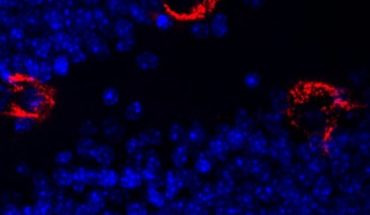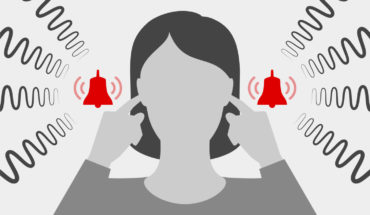Alexithymia levels decrease when entering young adulthood – consistency is associated with depression and dissociation: Alexithymia refers to difficulty describing feelings.
Alexithymia levels are not stable by adolescence, but decrease when entering young adulthood, a new study from the University of Eastern Finland and Kuopio University Hospital shows. Alexithymia levels were also found to be associated with loneliness, problems in peer relationships, and psychological symptoms, such as depression and dissociation. The findings from a five-year follow-up study were published in Journal of Psychosomatic Research.
Alexithymia can be described on three different scales: difficulty identifying feelings, difficulty describing feelings, and externally oriented thinking. According to earlier studies, the prevalence of alexithymia in the general population varies from 5 to 14%.
The study published now is the first to investigate the stability of alexithymia between adolescence and young adulthood. In addition, the researchers studied the association between alexithymia, peer relationships, and psychological symptoms.
At baseline, 755 adolescents aged 13–18 years from comprehensive, upper secondary, and vocational schools in Kuopio, Eastern Finland, completed as self-rated questionnaire on alexithymia, peer relationships, and psychological symptoms. At five-year follow-up, the young adults, now aged 18–25 years, completed another self-rated questionnaire on alexithymia.
Alexithymia levels decreased significantly during the follow-up period from adolescence to young adulthood. With age, externally oriented thinking decreased the most.
In both the baseline and follow-up phases of the study, levels of alexithymia were higher in those who in the baseline questionnaire reported poor peer relationships, more experiences of loneliness, and symptoms of depression and dissociation, such as memory disorders, seeing themselves or the world as an outsider, fluctuations in identity, immersion in things at hand, or unexplained physical symptoms. Those who experienced symptoms of depression and dissociation at baseline had more consistent difficulties in identifying and describing feelings throughout the follow-up period.
According to the researchers, the results show that levels of alexithymia in adolescence are not a very reliable predictor of levels of alexithymia in young adulthood. However, psychological symptoms may affect the consistency of alexithymia during adolescent development.
Virve Kekkonen, Siiri-Liisi Kraav, Jukka Hintikka, Petri Kivimäki, Outi Kaarre, Tommi Tolmunen. Stability of alexithymia is low from adolescence to young adulthood, and the consistency of alexithymia is associated with symptoms of depression and dissociation. J Psychosom Res. 2021;150:2021110629. https://doi.org/10.1016/j.jpsychores.2021.110629
- Gut microbiome could delay onset of type 1 diabetes - 3rd April 2025
- The da Vinci 5 Robot Is Set To Transform Bariatric Care: - 31st March 2025
- Beyond money: the hidden drivers fuelling child food insecurity - 31st March 2025






